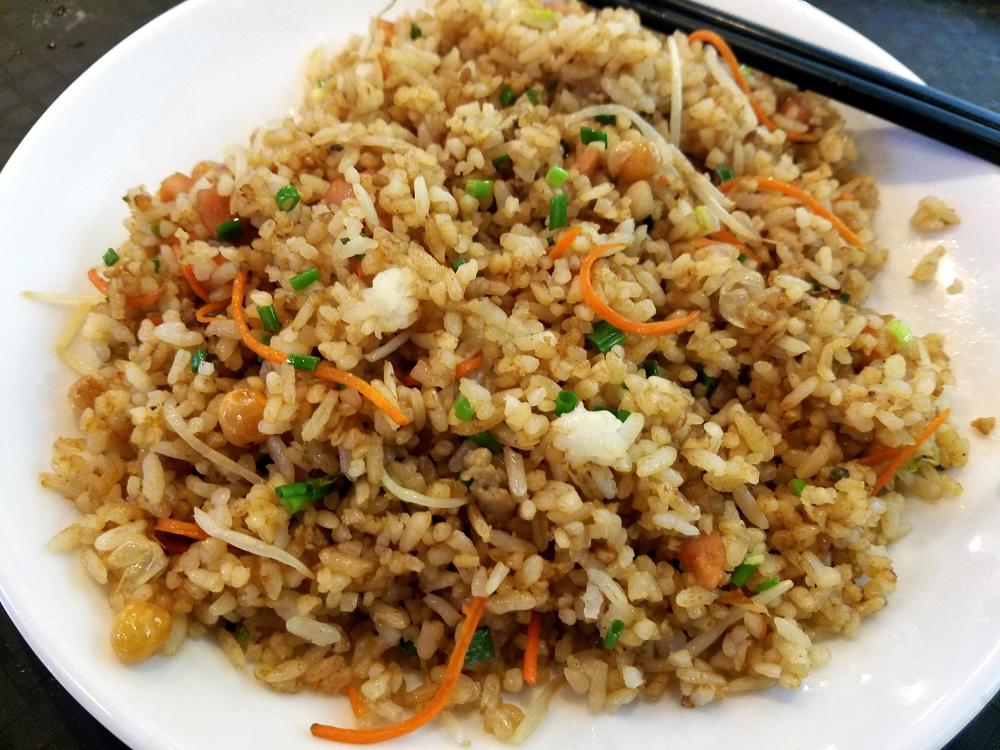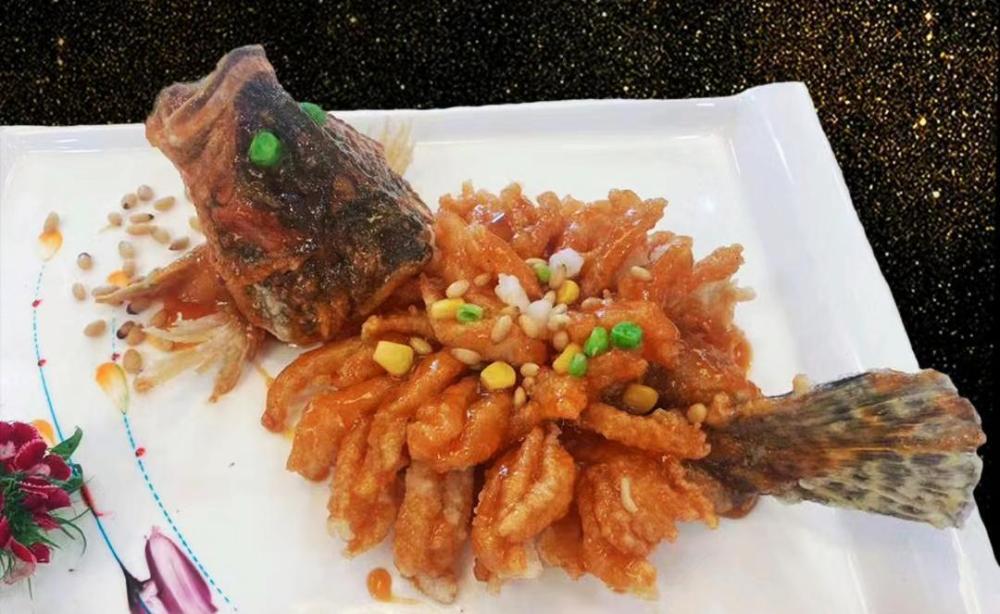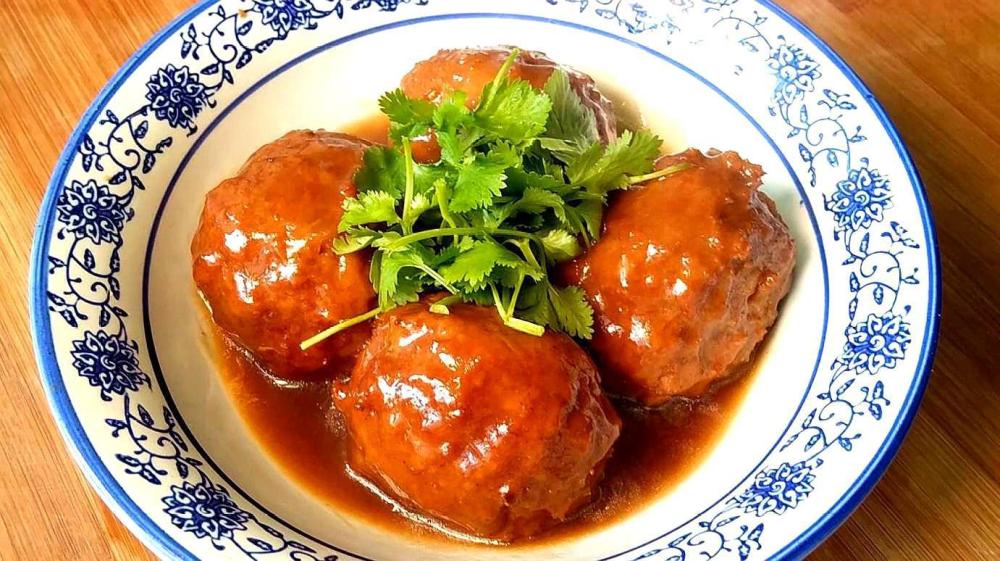苏菜 (sū cài), - Jiangsu (江苏 - jiāng sū) Cuisine
I found myself in something of a quandary. Jiangsu and Zhejiang cuisines are both included in the list of eight (first post) but in modern times they tend to be grouped together, along with the unlisted Shanghai cuisine into 江南菜 (jiāng nán cài), Jiangnan cuisine, literally meaning ‘south of the river cuisine’, the river in question being the 长江 (cháng jiāng) or, as its known in the west, the Yangtze river. Yangtze (Mandarin: 扬子江 (yáng zǐ jiāng) more correctly only refers to the lower reaches of the river.
Anyway, in the end, I decided go with the ‘Eight Cuisines’ theory and separate them, largely because the three cuisines involved in Jiangnan do have significant differences, and despite the name meaning the south, does include one city which is actually on the river’s north bank! So here, it is Jiangsu I am looking at.
Jiangsu province is in the east of China, north-west of Shanghai and south of Shandong province discussed above. It has a long coastline with the Yellow sea and is bisected by the Yangtze river, meaning that aquatic food is plentiful. It and the rest of Jiangnan are commonly referred to as ‘the land of rice and fish’.
Yangzhou 扬州, Nanjing 南京 and Suzhou 苏州 cities are the main centres of culinary excellence in Jiangsu. I will take each in turn, but first some general notes of the combined cuisine.
Jiangsu cuisine places great emphasis on perfection of ingredients, knife skills and cooking. Dishes must be neither over or undercooked. Dishes are neither excessively salted or sugared. Sauces must be light and certainly not greasy. Meat dishes are generally simply sauced with the meat’s own juices rather than a created ‘gravy’ style sauce.
Yangzhou lies on the north bank of the Yangtze but gets honorary membership of the Jiangnan style. Its cuisine, also known as 淮扬菜 (huái yáng cài), is well-known throughout China and beyond. Its meals are highly pleasing and colourful to the eye as well as the palate. Its soups are renowned but its most famous dish is one most people in the west have eaten, whether they know it or not. This is 扬州炒饭 (yáng zhōu chǎo fàn), Yangzhou Fried Rice, China’s most luxurious rice dish, sadly often bastardised in western Chinese restaurants into ‘special fried rice’ or simply ‘house fried rice’. Many online recipes for the “authentic” dish include char siu which is Cantonese and not used in Yangzhou. There. they would use Jinhua ham, China’s premium ham from the city of Jinhua in Zhejiang. That said, the real thing generally uses simple, fresh ingredients, mainly ham and vegetables and seldom eggs. It is lightly seasoned with salt. Shrimp are often added but not essential. It is served as a prized dish in its own right; not something to throw your day-glo sweet and sour on!
Yangzhou Fried Rice
Once the capital of China (from 1368 to 1421 when Beijing took over. Nanjing means southern capital; whereas Beijing means northern capital), Nanjing is now demoted to capital of Jiangsu andlies on the south bank of the river.
Its dishes are more robustly flavoured but never heavy. It leans towards a more al dente texture rather than tenderness. As a former capital, it has absorbed more outside influences than the rest of Jiangsu.
Duck is a local speciality. Peking duck was invented here and taken back to Beijing when it became the emperor’s residence where it was renamed. Originally it was 精灵鸭 (jīng líng yā), the name under which it is still available in Nanjing restaurants. Nanjing salted duck, a dish in which the duck is marinated with fried salt then boiled with ginger and scallions, is very popular in the city and highly appreciated as is duck blood soup. The city’s nighttime food markets and food streets are among China’s best.
Suzhou, a beautiful canal and garden city in southern Jiangsu, is a popular side trip for people visiting Shanghai. Its cuisine is slightly sweeter and is noted for its strict use of seasonal vegetables. To fully appreciate Suzhou food, you have to visit several times throughout the year as it is constantly changing, depending on availability.
Some dishes found throughout Jiangsu include:
松鼠鳜鱼 (sōng shǔ guì yú) - Squirrel Fish aka 松子鱼 (sōng zǐ yú) aka 菊花鱼 (jú huā yú) - Chrysanthemum Fish. The fish in question is usually Mandarin fish, Siniperca chuatsi, a freshwater species, although sometimes other fish are substituted. The body of the fish is skillfully scored in such a way that, when deep fried, the flesh opens up to resemble the tail of a squirrel or the petalled segments of an open pine cone. Prepared well, it can make for a spectacular banquet dish. After frying, it is coated with a 糖醋 (táng cù) Sweet & Sour sauce.
Squirrel Fish
叫花鸡 (jiào huā jī ), Beggar’s Chicken is from Changshu in Jiangsu. There is an attached legend that some beggar or thief stole a chicken and on noticing the Emperor and his guards approaching, quickly covered it in mud to disguise it and dropped into his fire. When the danger was over, he retrieved the chicken and to his surprise it was perfectly cooked. Sounds far-fetched to me and there are variants on the story including that the Emperor somehow also ate the chicken and pronounced it delicious. I have eaten it and agree with the Emperor. The chicken is covered in yellow mud and lotus leaves and roasted. Often today, metal foil is used instead of the mud, but purists reject that.
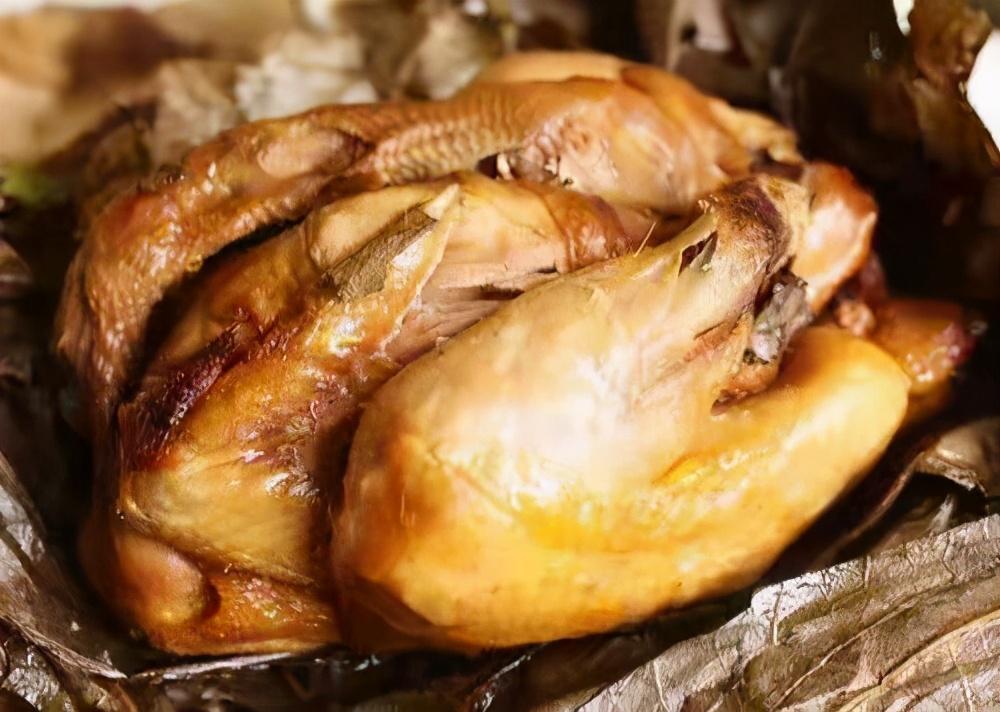
Beggars Chicken
狮子头 (shī zi tóu), Lion’s Head Meatballs are also well-known throughout China. There are two versions of this dish. The first is large pork meatballs braised and served in a broth with Chinese cabbage. This is the original version. In the second the same meatballs are braised in soy sauce, the so-called ‘red cooking’ technique so popular in Shanghai.
Jiangsu is the origin of China's best known black vinegar from the city of Zhenjiang. 镇江香醋 (zhèn jiāng xiāng cù), Zhenjiang vinegar (for their own reasons called Chenkiang vinegar in America) is sold worldwide. The vinegar has been manufactured in Jiangsu for around 1,400 years. It is used in many dishes.
Zhenjiang Vinegar
小笼包 (xiǎo lóng bāo), Little Basket Dumplings are usually associated with Shanghai where they are indeed very popular, but they originated in Jiangsu according to most authoritive reports, although Kaifeng in Henan province also has a claim. Shanghai probably invented the soup filled version, more correctly called 汤包 (tāng bāo). I talked about this more in this post. Often served with a dip of soy sause and Zhenjiang vinegar (above).
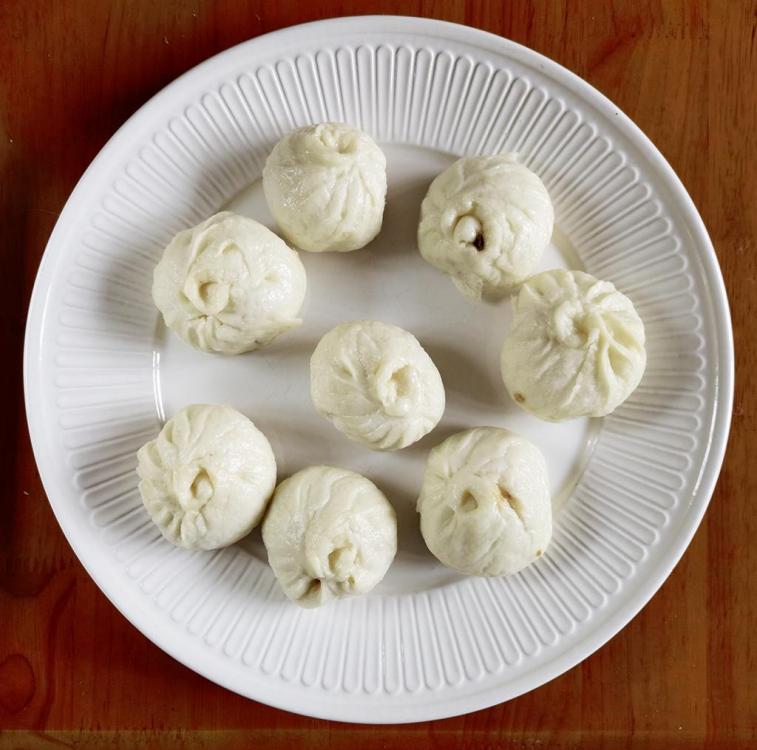
Xiao Long Bao
There are hundreds more Jiangsu dishes. Sparrow in hot sauce or perhaps, braised turtle may take your fancy, too.
Fuchsia Dunlop’s Land of Fish and Rice (eG-friendly Amazon.com link) is an excellent treatise on Jiangnan food in general and includes recipes for many Jiangsu dishes.


